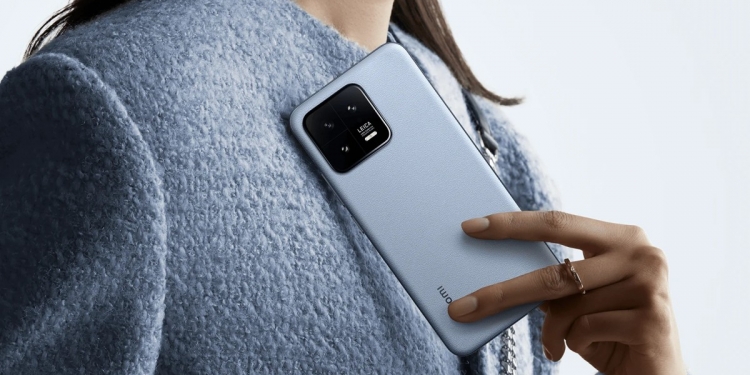If the Xiaomi 13 Pro was the spec-sheet monster of an over-achieving sibling, the Xiaomi 13 is definitely the more chill sibling with a bigger focus on style. Right off the bat, the smartphone takes a vastly different approach to the design of its chassis.
While the Xiaomi 13 Pro was all curves, the Xiaomi 13 takes a more squarish design. To me, it looks inspired by phones like the Essential Phone and the iPhone 14 Pro. Its 6.36″ Full HD OLED display doesn’t bleed over the edges the way the Xiaomi 13 Pro does, instead it is a flat panel that I think many would prefer in this day and age.
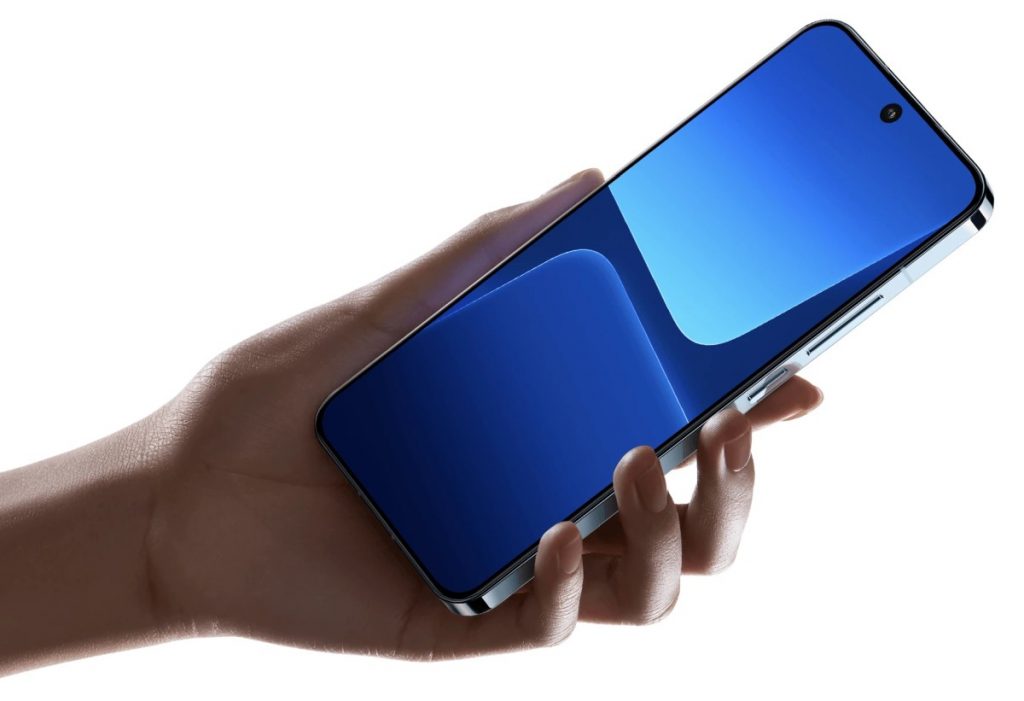
However, the focus here is clearly to be small without losing out on an immersive viewing experience. The Xiaomi 13 has a big focus on how slim and narrow its bezels are which, from the photos, looks believable. Combined with the relatively small size of the phone, this device has a rather compact footprint—not something you’d commonly find in the flagship smartphone space.
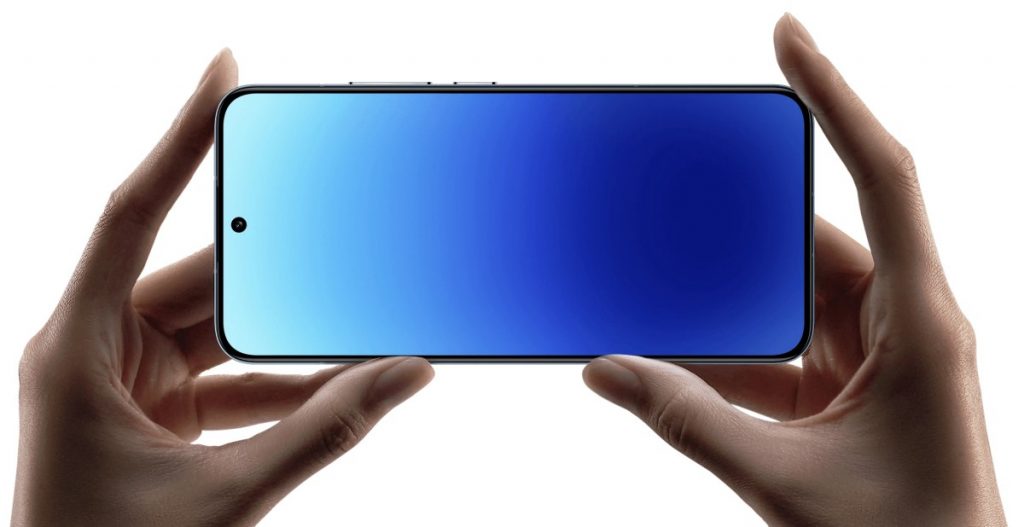
Still, they haven’t sacrificed too much on the display technology. Yes, resolution is down from its larger sibling, but the phone still features a 120Hz refresh rate and 240Hz touch sampling rate, as well as support for the DCI-P3 colour gamut. Though, I’m not 100% sure if this is also colour calibrated from the factory the way the Xiaomi 13 Pro is because they don’t say that on the website. It also retains the 1900 peak brightness and 1200 max brightness of the Pro variant which is great to see.
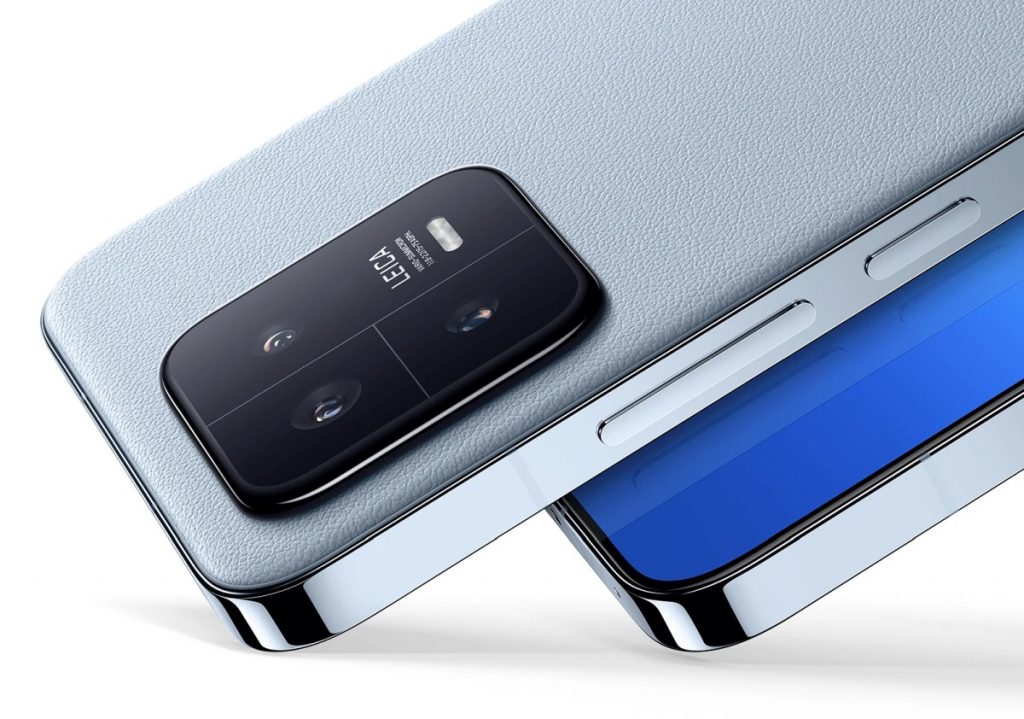
Probably the biggest downgrade has to be the camera system. While the Xiaomi 13 Pro brings new tech into the mainstream, the Xiaomi 13 features a much more standard flagship triple camera module. There’s a 50MP main camera with a 1/1.49″ sensor and an f/1.8 aperture wide lens. Alongside that main camera, you get a 12MP f/2.2 ultra-wide camera and a 10MP f/2.0 telephoto camera with the same 3x optical zooming. Both the telephoto and the wide camera have optical image stabilisation.
On the plus side, the phone also gets access to the suite of Leica features like their low reflection lenses Leica Vivid and Leica Classic colour profiles. It still looks like a mighty capable camera—or at least one that’s comparable to its peers—but it’s certainly not the show-stopper that the Xiaomi 13 Pro is.
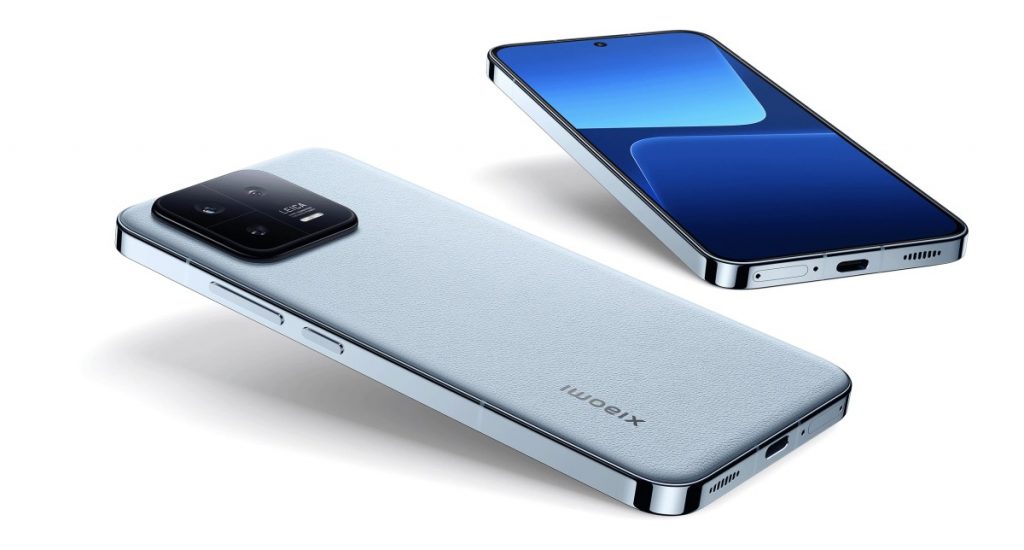
The good news is that performance is maintained. You will still find a Snapdragon 8 Gen 2 processor at its core with up 12GB of LPDDR5X RAM and 512GB of UFS 4.0 storage. Battery capacity is down, however, coming in at 4,500 mAh with support for 67W fast wired charging and 50W fast wireless charging as well as 10W reverse wireless charging. But, if you consider the smaller size and lower resolution screen, battery should be comparable at least.
You also get IP68 dust and water resistance on this smartphone, as well as Dolby Atmos stereo speakers, which are honestly the two main “nice-to-have features” I would have wanted from the larger device. And yes, so you can change the channels at your favourite mamak, there is also an IR Blaster.

As someone who is a huge fan of compact smartphones, I find myself more attracted to the overall package of the Xiaomi 13. It just looks so pretty with its glossy frame and colour options. Speaking of colour options, this phone comes with the same base colour options as the Pro, with a black, green and white finished in glass, as well as a blue finished in that nano tech textured thing.
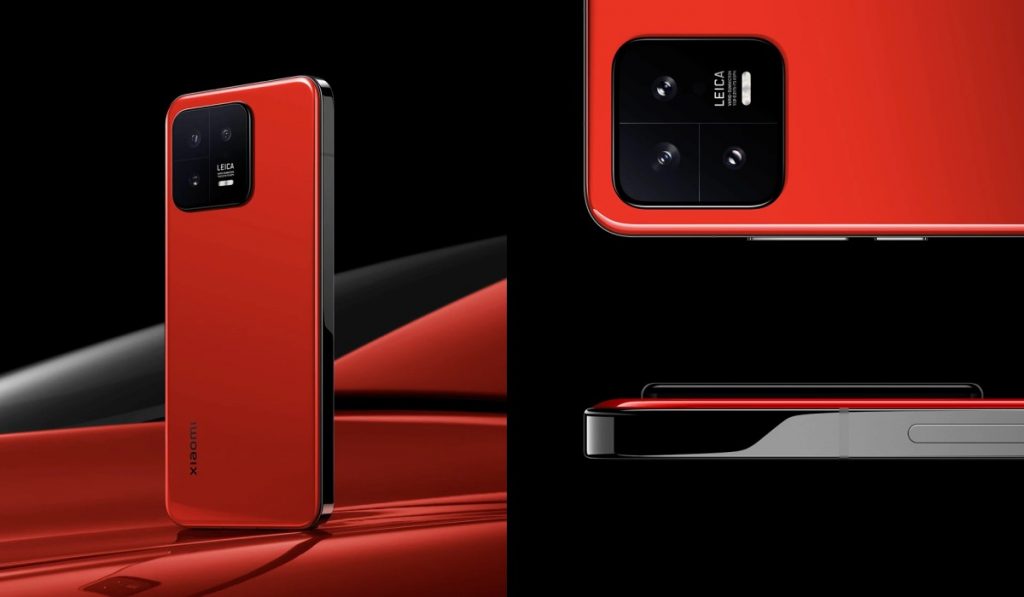
But, in addition to that there also appears to be a set of exclusive colours to the Xiaomi 13, which are a super bright red, yellow, green, blue and something called cement grey. The only downside with the design aspect is that the glossy back panels on this phone are not ceramic like the Pro variant. Similar to its larger sibling, the Xiaomi 13 has only officially launched in China so we don’t have the local pricing yet. In China though, these phones are priced at:
Xiaomi 13
8GB RAM, 128GB storage – CNY3,999 (~RM2,531)
8GB RAM, 256GB storage – CNY4,299 (~RM2,721)
12GB RAM, 256GB storage – CNY4,599 (~RM2,911)
12GB RAM, 512GB storage – CNY4,999 (~RM3,164)
[VIA]

